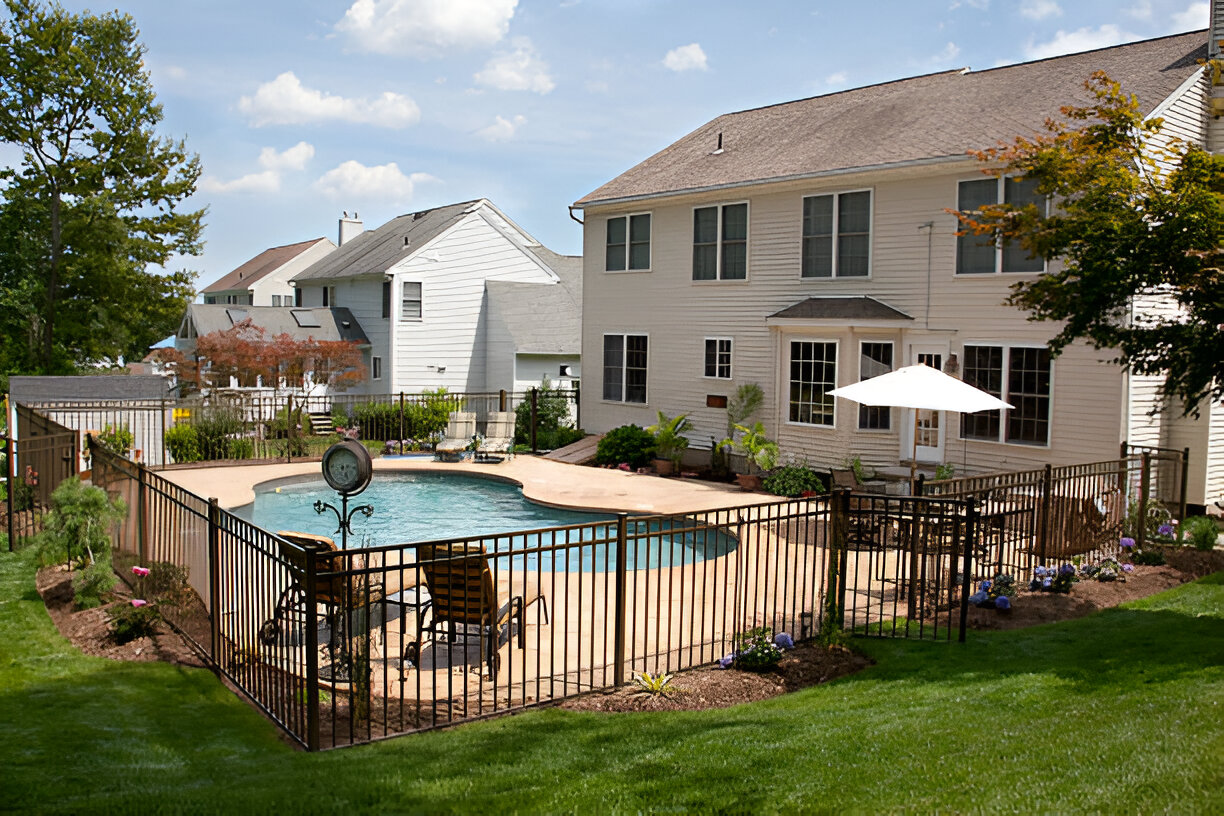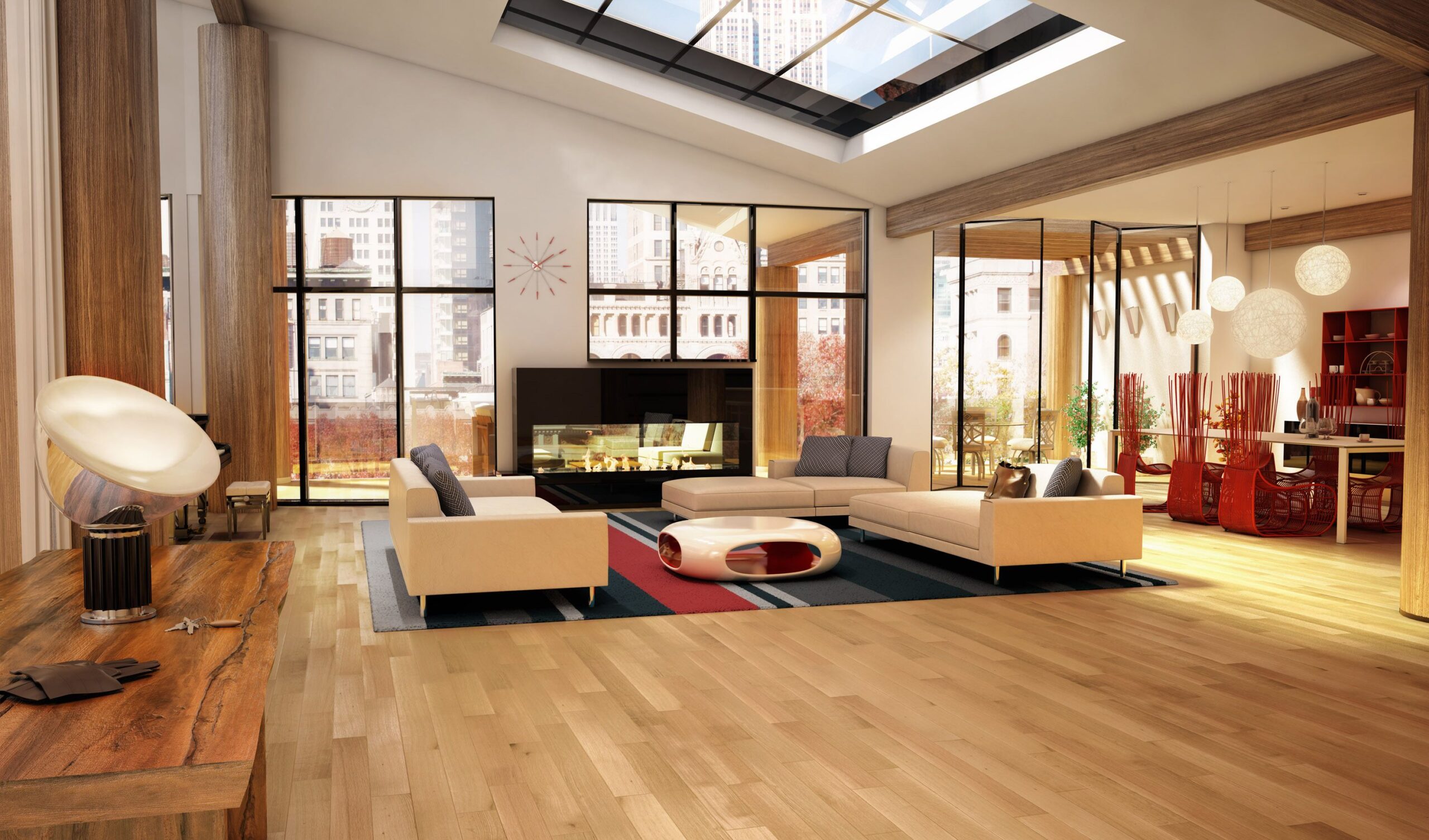Recovery is more than just breaking free from substance use—it’s about rebuilding a life that supports mental and emotional well-being. As an interior designer in recovery, I know firsthand how our surroundings can either nurture or hinder our progress. Home design plays a critical role in mental health, especially after completing a structured partial hospitalization program or an alcohol detox. The right design choices can provide comfort, stability, and a sense of control—key elements for anyone transitioning back into everyday life.
Designing for Mental Wellness
After completing detox and rehab, returning to a home environment that fosters healing is essential. The goal is to create a space that encourages calmness, mindfulness, and stability while eliminating potential triggers. This can be accomplished through thoughtful design principles such as:
1. Decluttering for Clarity
Clutter can lead to stress, anxiety, and an overwhelmed mind. A home that is organized and free from unnecessary distractions promotes focus and emotional clarity. Start by:
- Removing items that remind you of past substance use.
- Incorporating minimalist storage solutions to keep spaces neat.
- Using open shelving or labeled bins to make organization effortless.
2. Natural Light and Fresh Air
Exposure to natural light has been shown to boost mood and regulate sleep cycles. Consider:
- Maximizing sunlight by keeping windows unobstructed.
- Using sheer curtains or blinds to allow light in while maintaining privacy.
- Adding mirrors to reflect light and make the space feel more open.
- Introducing indoor plants to improve air quality and add a touch of nature.
3. Calming Color Palettes
Color psychology plays a crucial role in emotional well-being. Soft, natural tones can help create a sense of calm, while brighter colors can energize. Consider these hues:
- Blues and greens for relaxation and tranquility.
- Warm neutrals like beige and soft gray for grounding.
- Earth tones to foster warmth and connection to nature.
4. Comfortable and Functional Spaces
A home should be a sanctuary, providing both comfort and purpose. Design spaces that encourage rest, reflection, and productivity:
- Invest in a comfortable bed with quality linens to promote good sleep.
- Create a designated relaxation space with cozy seating and soft lighting.
- Designate areas for hobbies or mindfulness practices like journaling, meditation, or art.
5. Sensory Considerations
Recovery often heightens sensitivity to surroundings. Pay attention to the sensory aspects of your space:
- Use essential oil diffusers or natural scents to promote relaxation.
- Incorporate soft textiles such as rugs, blankets, and pillows for comfort.
- Reduce harsh lighting by using warm, dimmable lights or candles.
- Play soothing background sounds like nature recordings or soft music to reduce stress.
Personalized Spaces for Growth
Your home should reflect your journey and aspirations. Surround yourself with positive affirmations, meaningful artwork, or vision boards to reinforce your goals. Keep reminders of supportive relationships, such as framed photos of loved ones or keepsakes from meaningful moments in recovery.
Additionally, integrating a structured routine into your space—such as a designated spot for morning meditation or a consistent bedtime ritual—can help reinforce new, healthy habits.
The Role of Nature in Healing
Biophilic design, which incorporates natural elements into living spaces, has been proven to reduce stress and improve mental clarity. Here’s how to bring nature indoors:
- Houseplants such as peace lilies, snake plants, or lavender can enhance air quality and provide a calming effect.
- Natural materials like wood, stone, and woven textures add warmth and grounding energy.
- Nature-inspired artwork or water features can evoke a sense of tranquility.
Creating Boundaries and Safe Spaces
For those in early recovery, home should be a refuge from external stressors. Setting up clear boundaries within your space can help maintain focus on healing. This could mean:
- Establishing technology-free zones for better mental clarity.
- Creating a designated space for therapy sessions, whether virtual or in person.
- Removing access to anything that may trigger relapse, such as alcohol-related items.
Moving Forward with Intention
Recovery is a journey, and your home should evolve alongside you. Making small, mindful adjustments to your living space can significantly impact your mental well-being. Whether you’ve just completed a treatment program or are years into your recovery, intentional design choices can serve as daily reminders of how far you’ve come and where you’re headed.
By crafting a home that supports your healing process, you create an environment that not only nurtures your recovery but also enhances your overall quality of life. Thoughtful design isn’t just about aesthetics—it’s about creating a space that truly feels like home.




